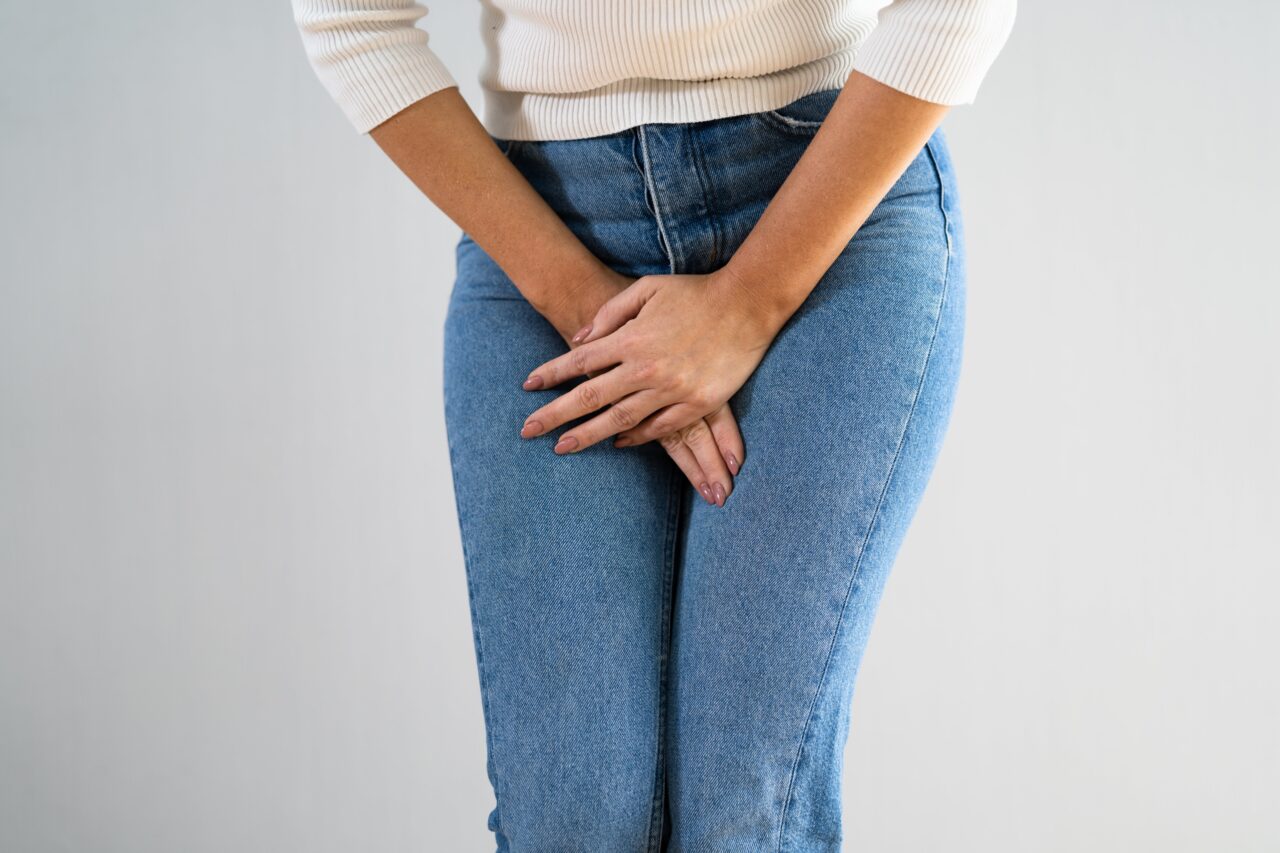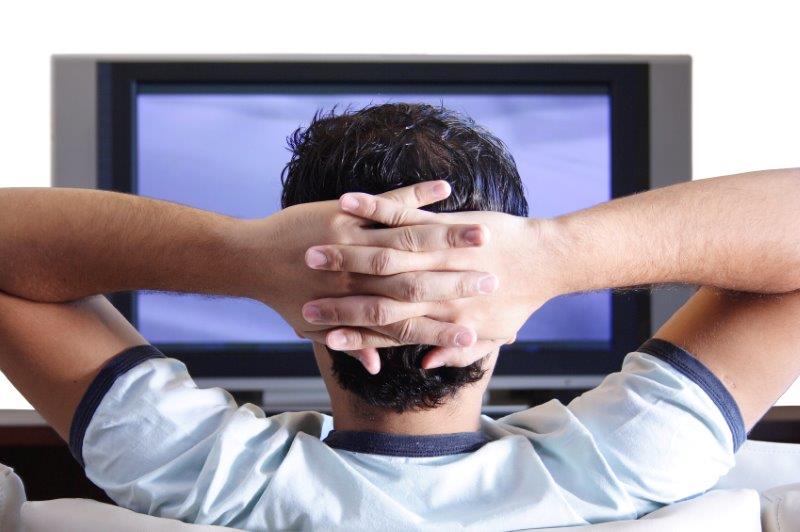Overactive bladder, or OAB, affects millions of adults and increases with age
OAB is urinary urgency with or without leakage and usually with urinary frequency and nocturia (voiding at night). OAB has a negative impact on the daily quality of life with disruptions in sleep, impaired work productivity, depression and avoidance of social events and travel and dependence on costly protective undergarments. Sadly, despite all of this, many people do not seek treatment.
How is Overactive Bladder Diagnosed?
Other conditions can present themselves as OAB. At the clinics of Houston Metro Urology, we will look at your urine to rule out possible bladder infections, hematuria (blood in your urine), or glucosuria (sugar in your urine). You may have a bladder scan (ultrasound of your bladder), or an in-and-out catheter may be placed through your urethra to be sure you are emptying your bladder.
A physical exam will be done to diagnose vaginal prolapse or lack of estrogen in women or leakage of urine with straining, which is an indication of stress urinary incontinence. Urodynamic testing may be done which measures pressures in the bladder and the flow of urine.
Are There Any Other Tests That May Be Recommended?
Any one or more of the following may be suggested:
- Urinalysis: Urine is tested for evidence of infection, blood or diabetes
- Bladder Ultrasound: Sound waves are used to check the amount of urine left behind in your bladder after you urinate
- Cystoscopy: A thin tube with a telescope is used to look inside your urethra and bladder for anything that may be irritating your bladder
- Urodynamics: Various techniques are used to measure pressure in the bladder and the flow of urine
How is Overactive Bladder Treated?
Behavior Modification
You can make changes to improve your urinary frequency, urgency, and possible leakage. By reducing your fluid intake, you will make less urine and thus not void as often nor leak as much. Limiting caffeine can reduce irritation of your bladder, and doing timed voiding, where you void by the clock rather than when you get the urge, can reduce your chances of leaking. Bladder training can help the bladder store more urine and reduce the frequency of voiding, providing you do not have urge urinary incontinence.
Physical Therapy
Electrical stimulation or biofeedback will allow you to strengthen your muscles and gain control over your bladder muscles and sphincter. This can be done with electrodes placed in your vagina or rectum to stimulate nearby muscles allowing the bladder to relax and the urethra to contract.
Medications
Medications are the mainstay of treatment in a class of drugs called anticholinergic medications. They block nerve receptors on the bladder to make it relax and hold more urine and to cut down on urgency, but the same nerve receptors are on the colon, salivary glands, and eyes.
Some patients experience side effects, including constipation, dry mouth and blurred vision. Your doctor will work with you to see which medications are the best for you. Vaginal estrogens are believed to cause muscles involved in urination to work more normally but may be contraindicated in some patients with a history of breast and uterine cancer.
Botox
Botox is set to be approved by the FDA for use in the bladder. Just as botox relaxes the muscles in the face to get rid of wrinkles, botox injected into the bladder can relax the bladder and reduce frequency and urgency. It does wear off and will need to be repeated in 3-6 months. It also can cause temporary urinary retention.
Peripheral Nerve Stimulation
A thin wire is placed in the ankle by stimulating the tibial nerve. Urinary frequency and urgency can be reduced. This is done weekly in the doctor’s office for 12 weeks.
Sacral Nerve Stimulation
Sacral nerve stimulation involves placing a small wire along the nerve that stimulates the bladder and stops frequency and urge incontinence. (Interestingly, this same procedure can also help if you do not empty your bladder). If the stimulation helps, then a small battery is placed under your skin in the upper outer buttocks, which acts as a pacemaker for the bladder.
Contact our Houston Metro Urology providers today to schedule a consult.



























